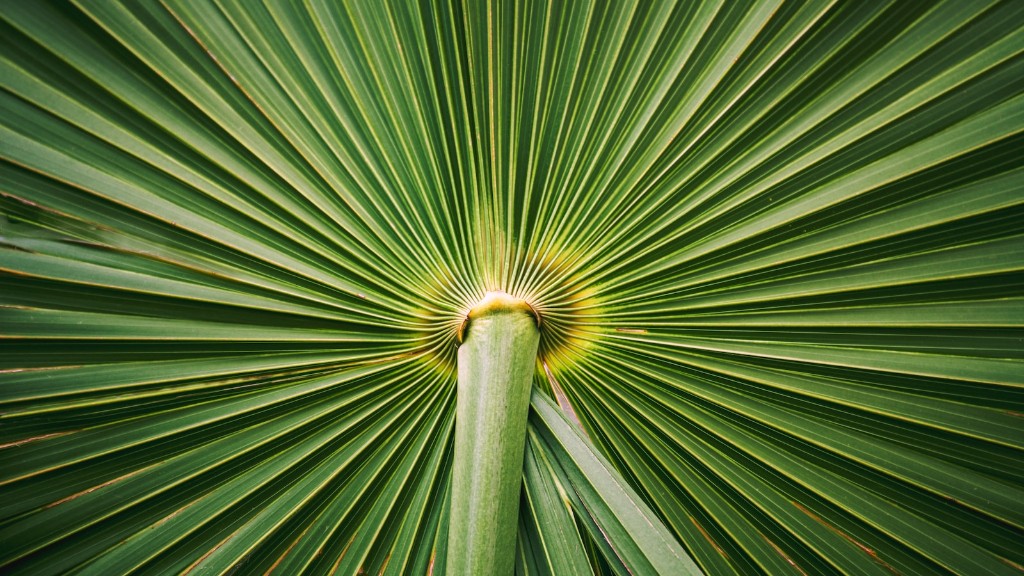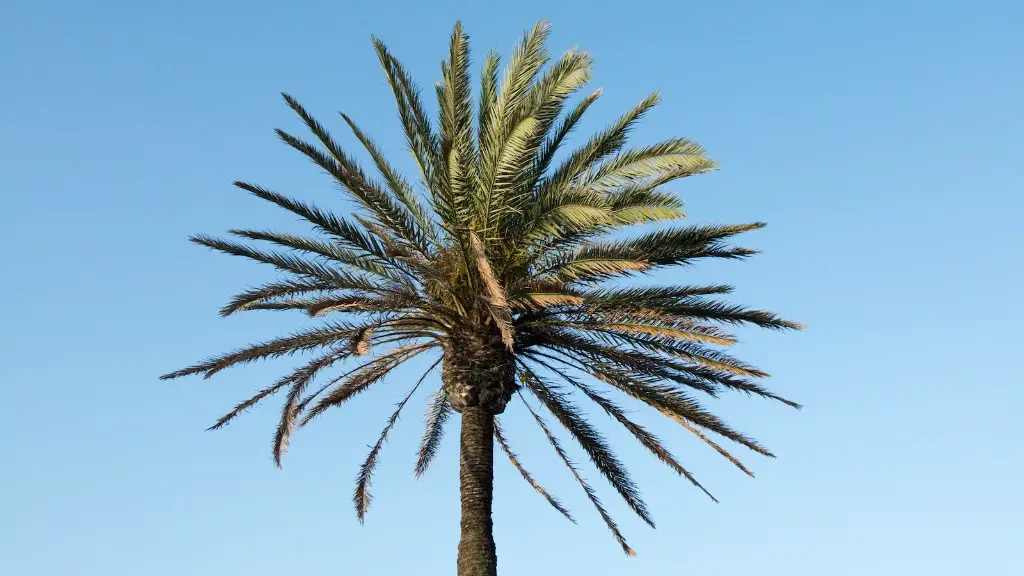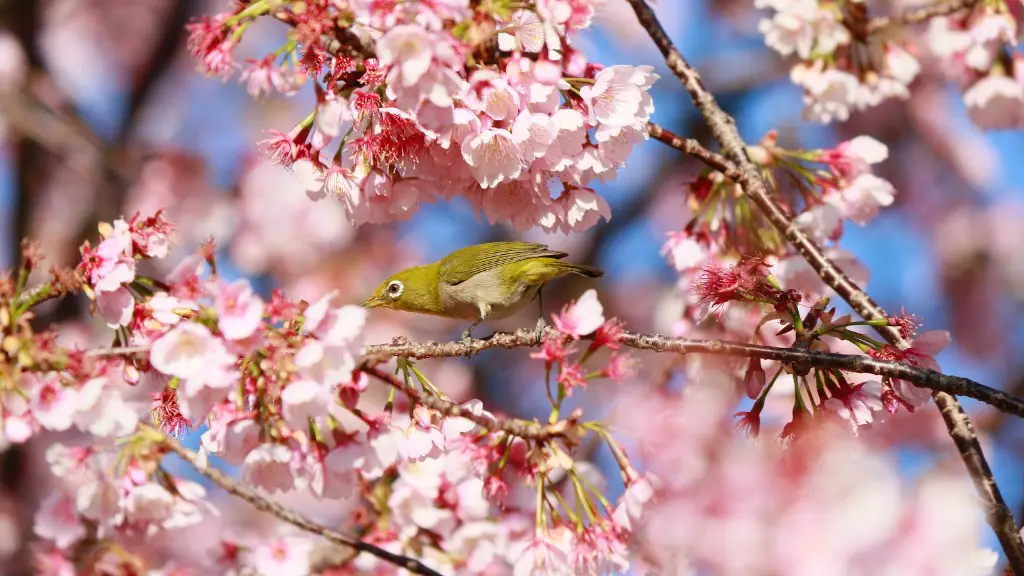Meyer lemons are a type of citrus tree with a unique taste and aroma, making it an excellent choice for gardens and homesteads. While the tree is easy to grow and maintain, it is important to know what to feed it to ensure that the tree is healthy, vigorous and productive. Here are some tips and guidelines on what to feed your Meyer lemon tree.
Meyer lemon trees need a balanced diet that includes nitrogen, phosphorus, potassium, calcium, and other nutrients. One of the easiest and most efficient ways to accomplish this is to use a combination of organic fertilizers such as manure, compost, or fish emulsion. To ensure the tree is receiving the necessary nutrients it is important to fertilize every other month during the growing season and once in the winter. It is important to note that organic fertilizers are slow-release and don’t need to be replenished as often as synthetic fertilizers.
It is also important to prune your Meyer lemon tree to stimulate growth and encourage fruit production. Pruning should be done in the early spring and mid-summer to remove deadwood, encourage new growth, and improve air circulation. Prune away any branches that are crossing, any small branches that won’t be producing fruit, and any branches that are taking too much energy away from other parts of the tree.
Soil moisture is important for your Meyer lemon tree. The tree should be watered a couple of times a week in the dry season and once or twice a month in the wet season. The soil should be kept moist but not soggy. If the soil is drying out too quickly, you can add mulch to retain moisture and prevent root-rot.
When planting your Meyer lemon tree, it is important to select a location that gets plenty of sunlight. The tree should be planted in an area that receives at least 6-8 hours of direct sunlight each day. The soil should be rich in organic material, well drained, and slightly acidic.
It is also important to gently shake the tree’s branches every now and then to remove any flowers or fruit that have clipped off or died. This will also help to reduce the incidence of pests such as aphids, scale, and whitefly.
Finally, to ensure a healthy and productive tree, it is important to inspect the tree on a regular basis. Inspect the trunk, branches, and leaves for any signs of disease or distress. Also, check for any infestations, and be sure to treat them immediately if found.
Nutrient Application
In order to ensure an optimal nutritional environment for the Meyer lemon tree, it is necessary to apply the proper type and amount of fertilizer. Fertilizers are typically composed of nitrogen, phosphorus, and potassium, and an additional trace mineral blend may be added for additional nutrition. Nitrogen-rich fertilizers are important for promoting rapid green growth and healthy fruit production, phosphorus-rich fertilizers help build strong roots and aid in flowering and fruiting, and potassium-rich fertilizers ensure general tree health and increase fruit size. When selecting a fertilizer from the garden center, be sure to read the label carefully and select the one that is suitable for citrus trees.
It is also recommended to add additional organic material such as compost or manure to the soil, as this will help boost the soil fertility and increase the beneficial microorganisms in the soil. Applying a layer of mulch around the tree can also help to protect the root system and retain nutrients.
Organic fertilizers are recommended over synthetic fertilizers, as they are more gentle on the environment and provide a slow-release of nutrients. Additionally, organic fertilizers are usually derived from natural sources and can provide additional micro and macronutrients for the tree.
When applying fertilizer, it is important to follow the instructions carefully and be sure to never apply too much fertilizer. Excess fertilizers can burn the root system, causing irreparable damage to the tree.
It is important to apply fertilizer throughout the growing season and to avoid fertilization at the end of the season, as it will stimulate new growth which may not be able to survive the winter.
Pruning
For optimal health and production, Meyer lemon trees should be pruned on a regular basis. Pruning helps to remove dead and diseased wood, encourage new growth, and improve air circulation. Pruning should be done in the early spring, and again in the mid-summer in order to harvest the largest and most flavorful fruits.
When pruning the tree, it is important to remember that pruning cuts should be made with sharp, clean tools. Be sure to remove any dead or diseased wood, and thin out any branches that are too dense or crossing. Additionally, small branches that are unlikely to produce fruit should be removed to allow the energy to be allocated elsewhere in the tree.
It is also important to remember that the Meyer lemon tree should be pruned differently than other varieties of citrus trees, as they require less pruning. The tree should be pruned to maintain an open canopy to ensure optimal airflow, allow light to reach all parts of the tree, and reduce the chances of fungal diseases.
Soil Moisture
Meyer lemon trees prefer soils that are well-drained, but not overly dry. It is important to ensure that the soil does not dry out too quickly, as the tree’s root system may suffer. Adding a layer of mulch around the tree can help to retain moisture in the soil and reduce the frequency with which the tree needs to be watered. During the dry season, the tree should be watered about two to three times a week, and once or twice a month in the wet season.
The soil should also be tested to ensure that the pH level is in the range of 6.0 to 6.5. The soil should be slightly acidic in order to promote optimal growth and health in the tree. If the soil is too alkaline, lime can be added to lower the pH level.
Location Selection
It is important to select an appropriate location for a Meyer lemon tree. The tree should be placed in an area of the garden that receives at least six to eight hours of direct sunlight each day. It is also important to ensure that the soil is rich in organic material, well-drained, and slightly acidic in order to promote optimal health and production.
When planting, it is recommended to dig a hole that is twice as wide as the root ball and the same depth, and backfill with soil amended with compost and manure. Additionally, it is advised to avoid over-watering when planting the tree.
Insect Control and Disease Prevention
Meyer lemon trees can be prone to pest infestations and fungal diseases, so it is important to be vigilant when it comes to inspection and treatment. Inspect the tree regularly for any signs of disease or distress, and be sure to treat infestations immediately.
Gently shaking the tree’s branches can help to remove dead or dying flowers or fruits that have clipped off, as these can be attractive to pests. Additionally, it may be necessary to apply insecticide or fungicide to the tree if a pest infestation or fungal disease is detected.
It is also recommended to encourage beneficial insects to the garden by planting companion plants such as marigolds or cosmos. These plants will help to naturally control pest populations and encourage healthy tree growth.





